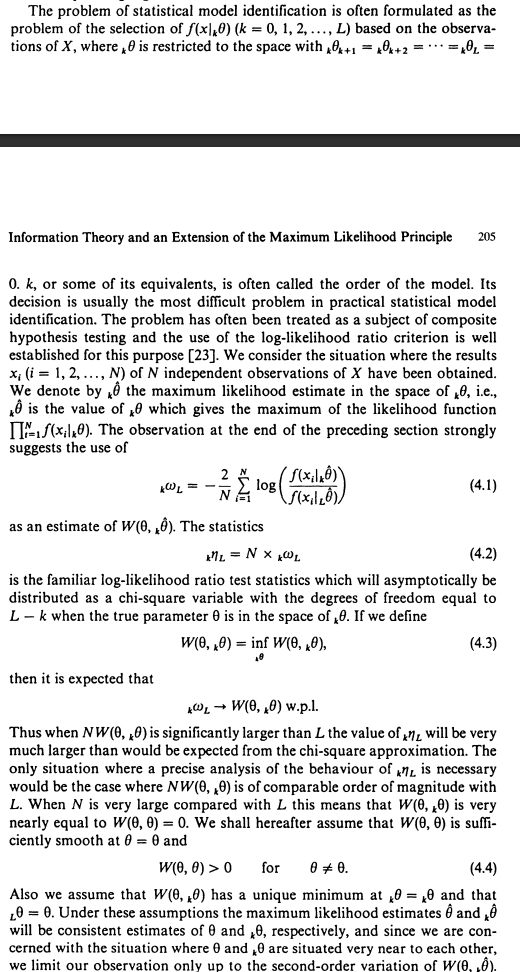For reference, a counterargument: Brian Ripley states in "Selecting amongst large classes of models" pp. 6-7
Crucial assumptions ... The models are nested (footnote: see the bottom of page 615 in the reprint of Akaike (1973)). – AIC is widely used when they are not
The relevant passage (also p. 204 of another reprint of Akaike), starts I think with the phrase "The problem of statistical model identification is often formulated as the problem of selection of $f(x|_k\theta$) ...") is not quite available here; I'm looking for a PDF of the paper so I can quote the passage here ...
(I've quoted it below, although honestly at this point I can't see how it supports Ripley's point - it certainly discusses the derivation in the context of nested models but ... ???)
Ripley, B. D. 2004. “Selecting amongst Large Classes of Models.” In Methods and Models in Statistics, edited by N. Adams, M. Crowder, D. J Hand, and D. Stephens, 155–70. London, England: Imperial College Press.
Akaike, H. (1973) Information theory and an extension of the maximum likelihood principle. In Second International Symposium on Information Theory (Eds B. N. Petrov and F. Cáski), pp. 267–281, Budapest. Akademiai Kaidó. Reprinted in Breakthroughs in Statistics , eds Kotz,S. & Johnson, N. L. (1992), volume I, pp. 599–624. New York: Springer.
For reference, see also this post on MathOverflow.

